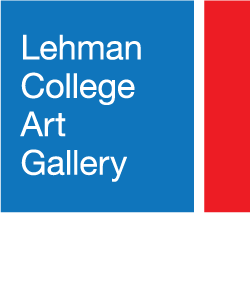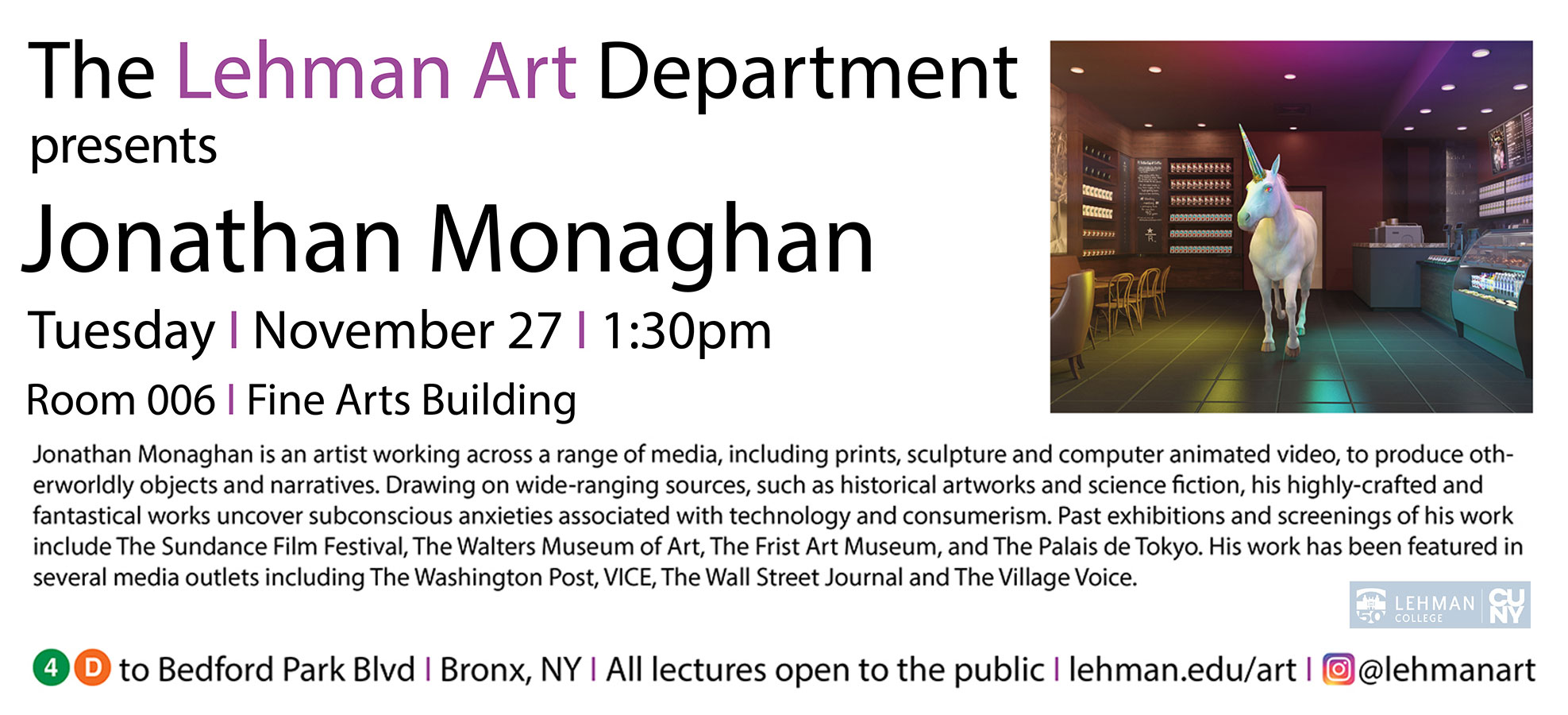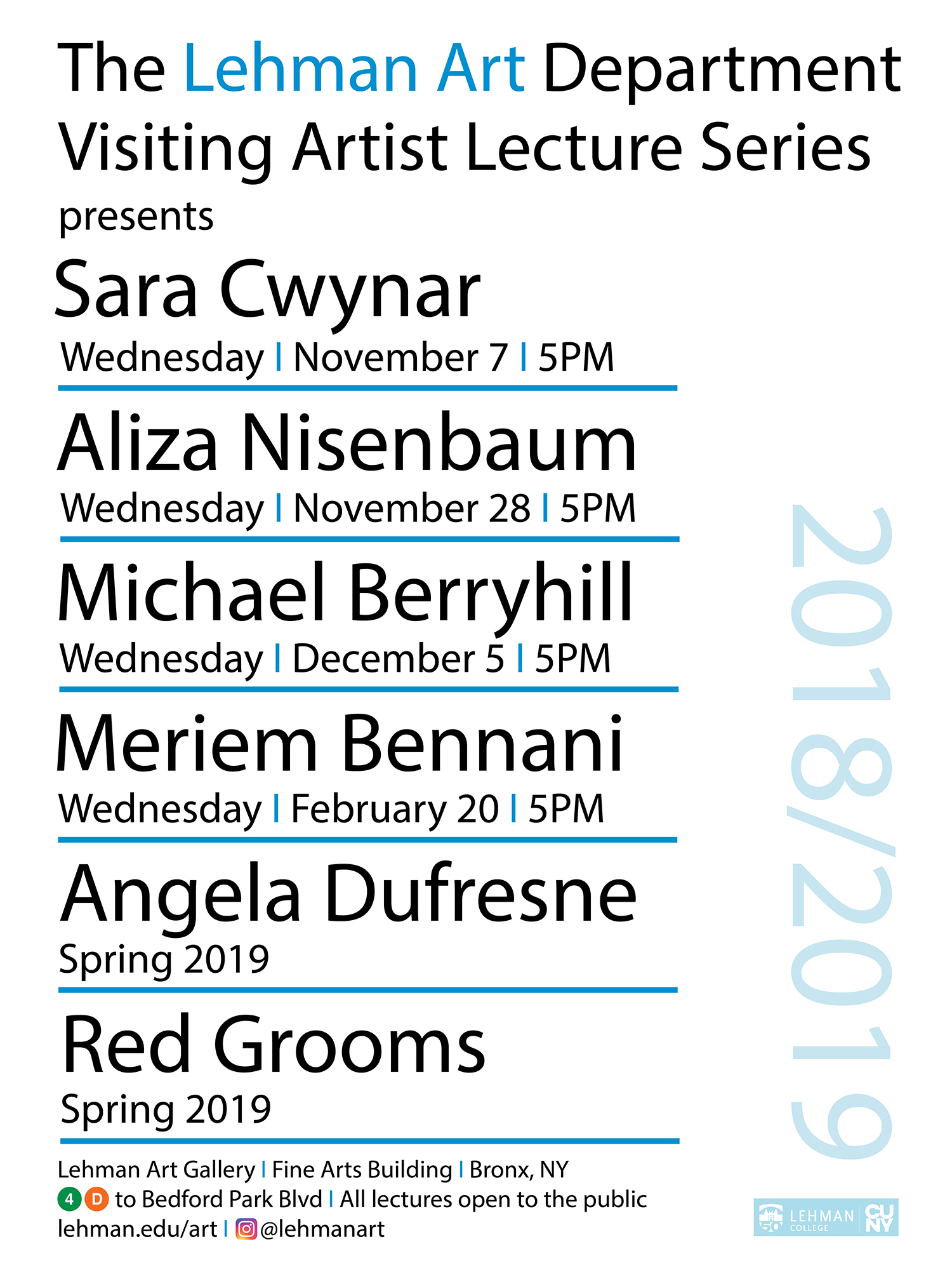Lisa Corrine Davis: Index
Lehman College Art Gallery (LCAG) presents an exhibition featuring the work of contemporary artist Lisa Corrine Davis. This exhibition offers a body of work that was developed over the past 5 years prior to installation, which probes the complexities of race, culture, and history. The work provides a poetic reflection which draws upon Davis’ experience as an African American woman of mixed heritage.
In her work, delicate strata of vellum hang like fabric and provide a metaphor for skin. Incorporating actual maps, Davis suggests geography and origin alludes to the movement of people throughout the world. In some of the new work that was created for this exhibition Davis introduces florescent tones and non-descriptive colors — colors which cannot be read for racial content. She also includes stencil cut silhouettes suggesting uniformity. The exhibition includes Essential Traits number 8-14, richly layered works that question the premise of race and culture. In Essential Traits No. 12 hundreds of cutout eyes float over a field of multicultural alphabet signs. For Essential Traits No. 1, Davis uses an old American history text she unearthed at a yard sale to suggest how individual identity is defined by race. The work is made from pages from the text, over which Davis writes new text. Essential Traits No. 3 is a collection of papier-maché models of Davis’ own hand, using foreign language newspapers to shape the hands, all molded in different positions. Other work incorporates actual portraits — taken from The New York Times — which are stained in browns and ochres, representing people from various backgrounds. In a new large-scale installation, noses made of cast paper represent a diverse grouping of people — in another, hundreds of collected thumbprints are being stained and will be joined to create a rich tapestry. Davis, who uses ink, colored pencil, paint, and a variety of media on canvas or paper, also incorporates a range of traditional or found materials — acrylic, ink, linoleum cuts, oil, pastel, graphite, colored pencil, plaster, bones, gauze, paper bags, and hair — for visual impacted as well as symbolic content. The exhibition is accompanied by a 32-pg. catalogue with a lead essay with writer and critic Franklin Sirmans.


